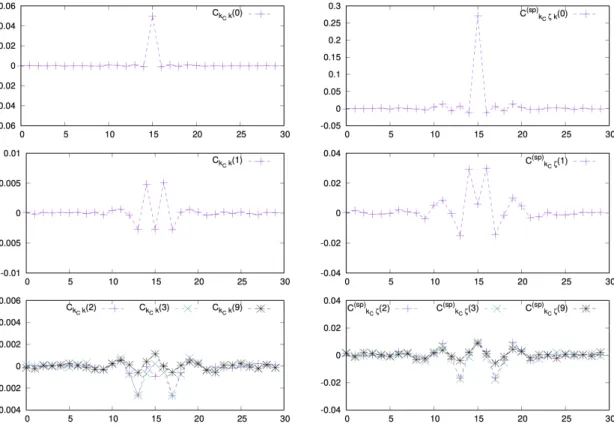Linear response for spiking neuronal networks with unbounded memory
Texte intégral
Figure




Documents relatifs
The experimental data available for more mafic compositions than silicic andesite does not allow us at present to carry out this type of modelling, but it is clear that,
Agulhon ( ﺎﻤﻬﺘﺴﺍﺭﺩ ﻲﻓ ﻥﻤ ﻲﻓﺍﺭﻐﺠﻟﺍ لﺎﺠﻤﻟﺍ ﺭﻴﺜﺄﺘ ﻯﺩﻤﻭ ،ﺓﺩﺤﺍﻭﻟﺍ ﺔﻴﻓﺍﺭﻐﺠﻟﺍ ﺔﻘﻁﻨﻤﻟﺍ لﺨﺍﺩ ﺩﺍﺭﻓﻷﺍ ﺱﻨﺎﺠﺘ ﻥﻋ ﻲﺒﺎﺨﺘﻨﻻﺍ ﻙﻭﻠﺴﻟﺍ ﻰﻠﻋ ،ﻑﺎﻴﺭﻷﺍﻭ ﻥﺩﻤﻟﺍ ﻲﻓ ﻡﻫﺭﺎﺸﺘﻨﺍ ﻭﺃ
Es sobre todo el caso de la parte central de Quito, desde el Centro Histórico hasta el aeropuerto (con barrios tales como La Mariscal, la Ciudadela Uni- versitaria, González Suárez o
For example, the interface of the scenario chunk representing the Jacobson’s use case approach is the context where the situation is represented by a document called problem
majeure partie inconnus jusqu’alors, sont ainsi mises à la disposition de tous, d’autant plus faci- lement que l’ouvrage s’accompagne d’un DVD où se trouvent plus de
One participant (in the similarity-based order) who was not able to meet the learning criterion in the time allowed by the experiment did not complete the transfer phase and was
Thus, all the harmonics composing the R-wave travel at essentially the same speed, which means that the shape of the R-wave pulse is preserved as it travels along
In terms of user costs, the PVLCC of the HPC deck alternative represent only a fraction (37%) of the users costs associated with the NPC deck alternative (Fig. The replacement of

![Figure 7. d 2 distance (32) between the curves δµ (1) [ f ( n ) ] , δµ (HC 1 ) [ f ( n ) ] and the empirical curve, as a function of the stimulus amplitude A](https://thumb-eu.123doks.com/thumbv2/123doknet/13587385.422717/25.892.67.836.198.481/figure-distance-curves-empirical-curve-function-stimulus-amplitude.webp)